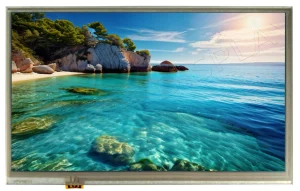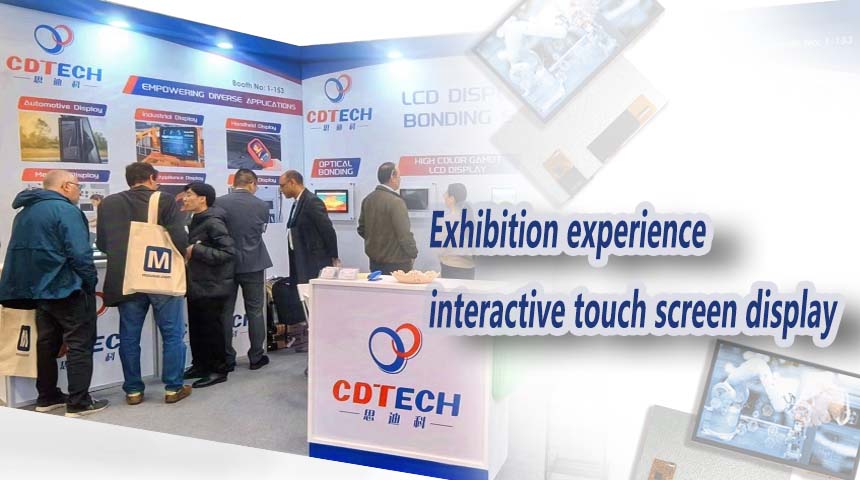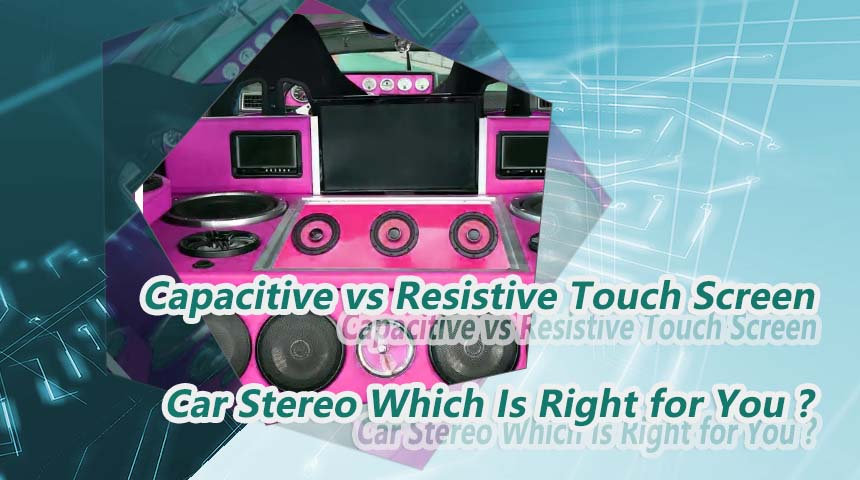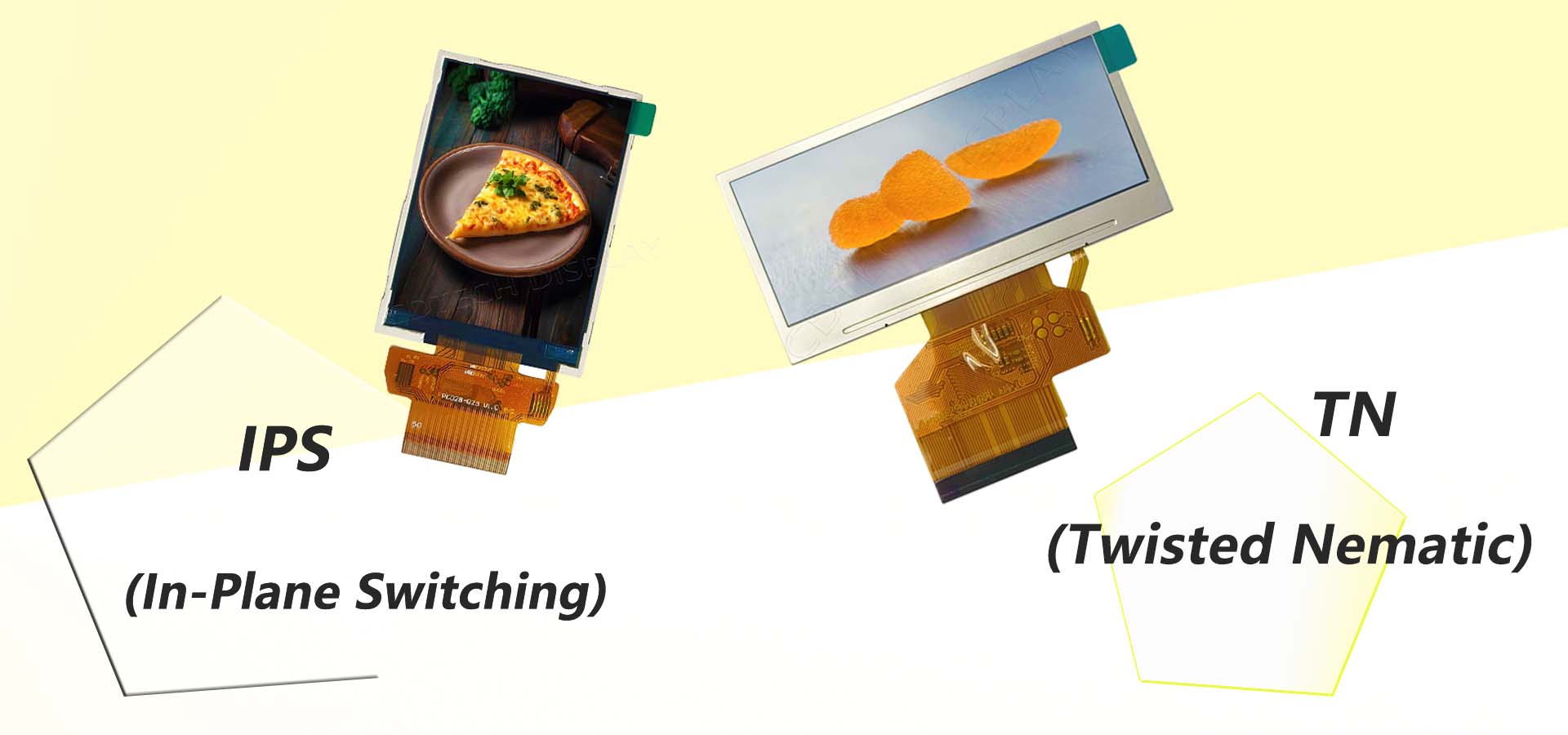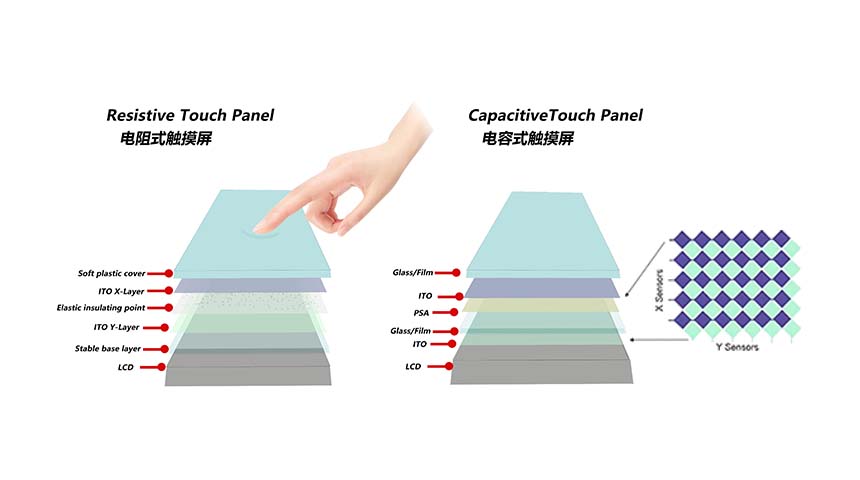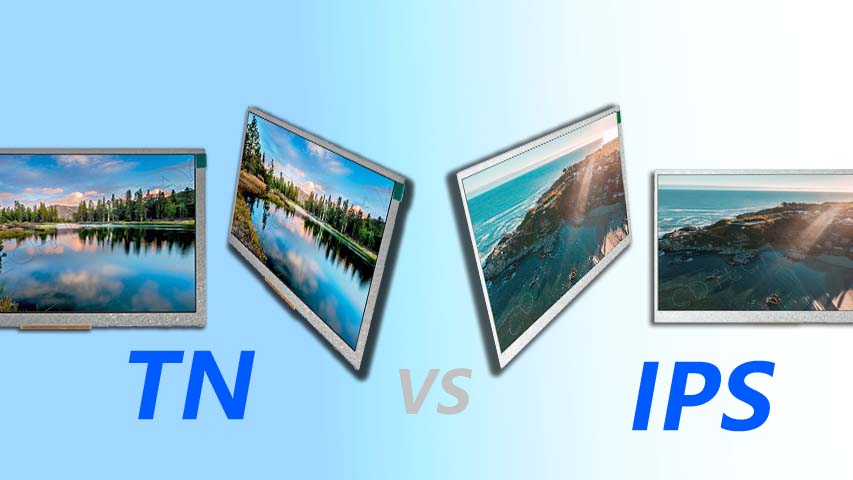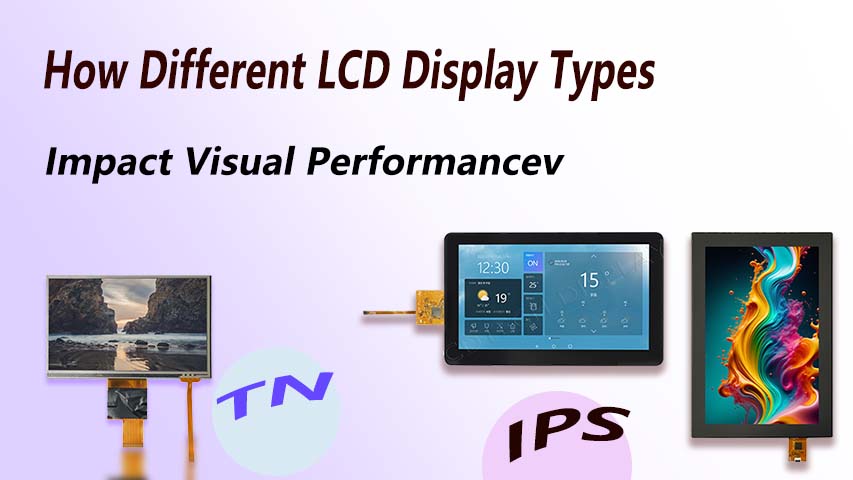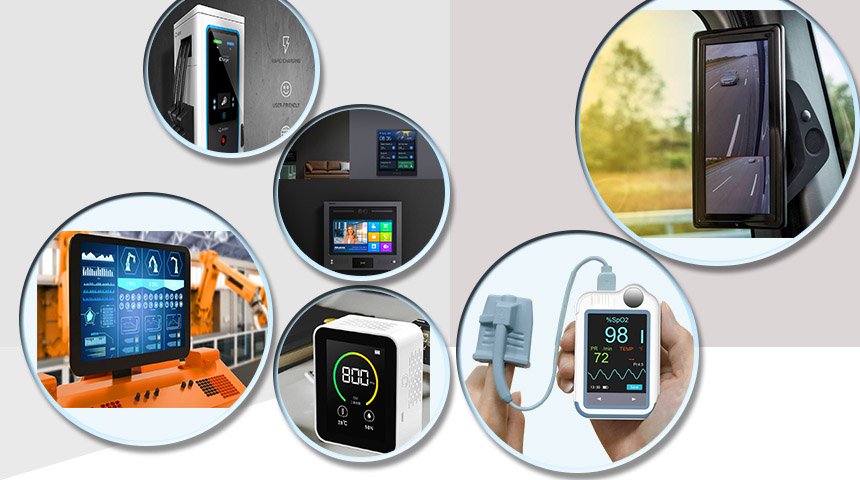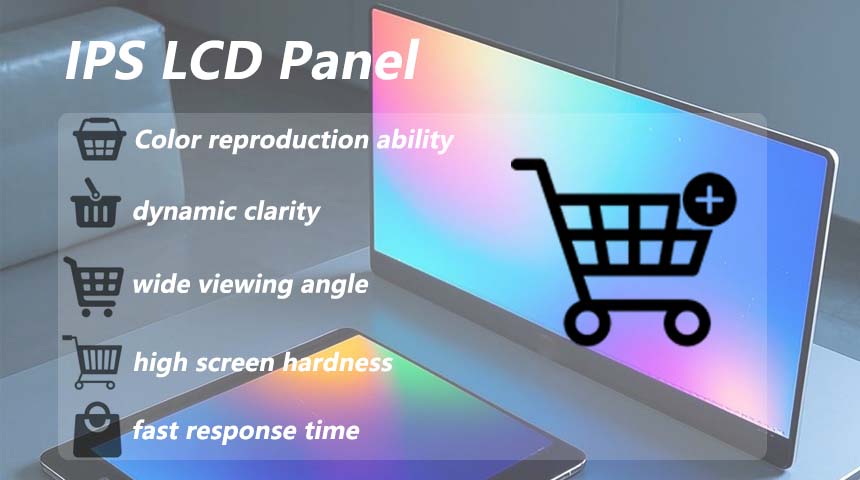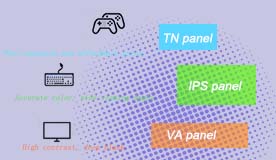What Are the Key Differences Between Capacitive Touch Screen vs Resistive Touchscreen?
Exploring Touchscreen Technologies
Introduction to Touchscreen Technology
Touchscreen technology has completely changed the way we engage with devices by providing to use interfaces that feel natural, to users interactions. There are two main categories of touchscreens: capacitive and resistive screens—each designed with unique features to suit various uses and purposes.
Capacitive Touch Screen Overview
Capacitive touchscreens work by sensing touch through alterations in fields triggered by the conductive nature of the human body’s properties. They are recognized for their sensitivity and quick response time which makes them well-suited for smartphones, tablets, and various other personal electronic devices. The LCD products from CDTech are renowned for their top-notch quality and reliability ensuring that customers can rely on them for prolonged periods without experiencing malfunctions. Additionally, capacitive screens enable the use of touch gestures elevating the overall user experience and interaction with the device.
Resistive Touchscreen Overview
Resistive touchscreens work by sensing the pressure exerted on the screen’s surface. Are made up of several layers that detect a touch when compressed together. These screens are commonly found in settings where accuracy is crucial, like industrial control systems and medical equipment. For CTP solutions applicable to various uses, CDTech offers personalized CTP services with our in-house CTP production line.
Comparing Capacitive and Resistive Touchscreens
|
Feature |
Capacitive Touch Screen |
Resistive Touchscreen |
|
Sensitivity and Responsiveness |
High sensitivity; supports multi-touch gestures |
Requires pressure; single-touch; suitable for stylus or gloved hand use |
|
Durability and Longevity |
More durable with no moving parts; prone to scratches |
Can wear out over time due to pressure on layers |
|
Environmental Suitability |
Performs well in standard conditions; sensitive to moisture |
Functions reliably in various conditions including dust and moisture |
Sensitivity and Responsiveness
Capacitive touch screens provide sensitivity levels that enable users to execute intricate gestures with ease. This feature makes them ideal for devices that demand response times. On the other hand, resistive touchscreens necessitate more pressure but offer accuracy that proves advantageous for tasks requiring precise input.
Durability and Longevity
Capacitive screens are typically more sturdy because they do not have any moving components; they can still get scratched if not adequately shielded from damage. CDTech’s LCD offerings are known for their top notch reliability and durability that enable users to enjoy them for periods without frequent malfunctions. On the hand, resistive screens may deteriorate over time due to the mechanical processes inherent in their functioning.
Environmental Suitability
In environments that are tidy and well maintained, capacitive screens perform optimally. However, they can be impacted by water or extreme temperatures. On the other hand, resistive screens are ideal for rugged settings where dust or moisture may be a factor. Our services for customizing touchscreens cater to needs including the use of thick cover lenses and operation with gloves or in wet conditions.
Practical Considerations for Choosing a Touchscreen
Cost Implications
The price of technology can differ greatly depending on whether it is capacitive or resistive. Capacitive screens are generally pricier because of their sophisticated technology and materials employed. However, the user experience they provide is top notch and ideal for uses.
Usability with Accessories
Resistive touchscreens offer a benefit in terms of being compatible with accessories such as styluses or gloves, which makes them suitable for situations where direct finger interaction’s not practical or feasible. Our customization services for touch screens accommodate cover lenses and allow operation with gloves or in wet conditions.
When deciding between resistive touchscreens it’s important to think about your application requirements as well as environmental aspects and budget limitations. In offering solutions customized to cater to a range of needs in different sectors, CDTech ensures longevity by providing usage guidelines that recommend avoiding contact with the FPC gold fingers to prevent oxidation.
CDTech’s Contributions to Touchscreen Innovation
CDTech’s Product Range
CDTech has made advancements in touchscreen technology by providing a wide range of products tailored to different industry demands. They offer a variety of touchscreens including resistive options that are known for their reliability and customization features to suit specific application needs.
CDTech’s 4 inch IPS screen with a touch panel, shows their dedication to notch quality and cutting edge technology. This device includes bonding that boosts the screen’s sharpness and toughness. Moreover, the 5-inch IPS display demonstrates CDTech’s proficiency by using air bonding technology to enhance touch responsiveness and display quality.
CDTech offers solutions like the 7 inch TN Display for applications that need touchscreens to ensure accurate input in settings like industrial controls or medical devices where precision is vital. Specific services from CDTech cater to conditions by supporting operations, with water or gloves to enhance product versatility.
CDTech’s LCD products have high quality reliability, allowing customers to use them for a long time without easily breaking down. They emphasize proper operation and storage methods to maintain product longevity, such as avoiding direct contact with FPC gold fingers to prevent oxidation.
Frequently Asked Questions (FAQs)
Which type of touchscreen is better for outdoor use?
Touchscreens that use capacitance usually work fine in situations but can get finicky around moisture or extreme temperatures. On the other hand, resistive touchscreens are better suited for outdoor environments because they work consistently well even in challenging conditions, like dust and moisture.
Can resistive touchscreens be used with gloves?
Certainly! Resistive touchscreens are capable of functioning with gloves since they can sense pressure exerted on the screen’s surface. This feature makes them well suited for situations where direct finger interaction’s not feasible or viable. Our services for customizing touch screens include support for protective covers and the ability to operate with gloves or in wet conditions.
Are capacitive touchscreens more sensitive to temperature changes?
Capacitive screens can be influenced by conditions like humidity and variations in temperature that may impact how well they function. They perform optimally in settings that are tidy and have these factors regulated.
Can I use a regular pen on a resistive touchscreen?
Certainly! You can use a pen on a resistive touchscreen since it detects input based on pressure instead of conductivity alone. This quality of screens makes them suitable for tasks that demand accurate input methods.
Which touchscreen type is more suitable for industrial applications?
Resistive touchscreens are often preferred for use in settings because they can operate in tough conditions and work well with styluses or gloved hands, whereas capacitive screens, while more sensitive, may not hold up as well under industrial conditions compared to resistive screens.By grasping the variances between capacitive and resistive touchscreens, tools in technology use can be chosen wisely according to their requirements and purposes.

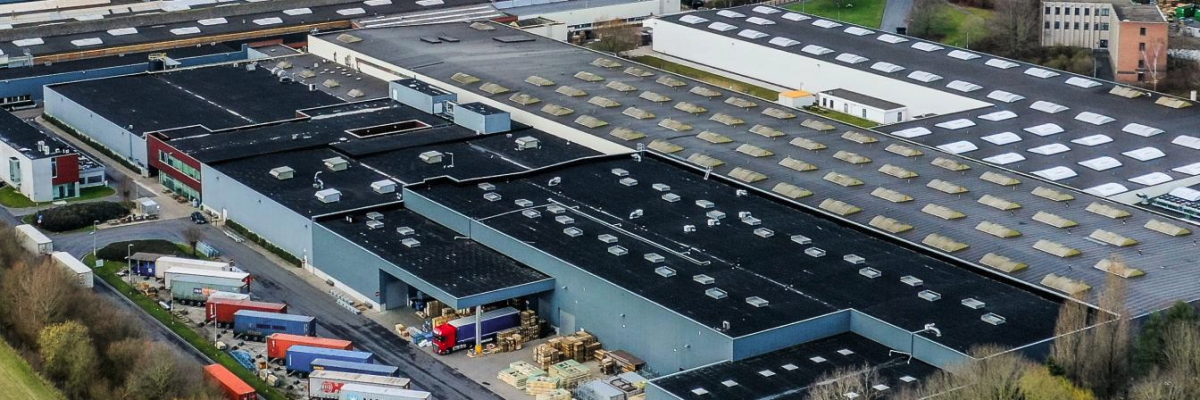
 2025-02-19
2025-02-19  15:33
15:33 

